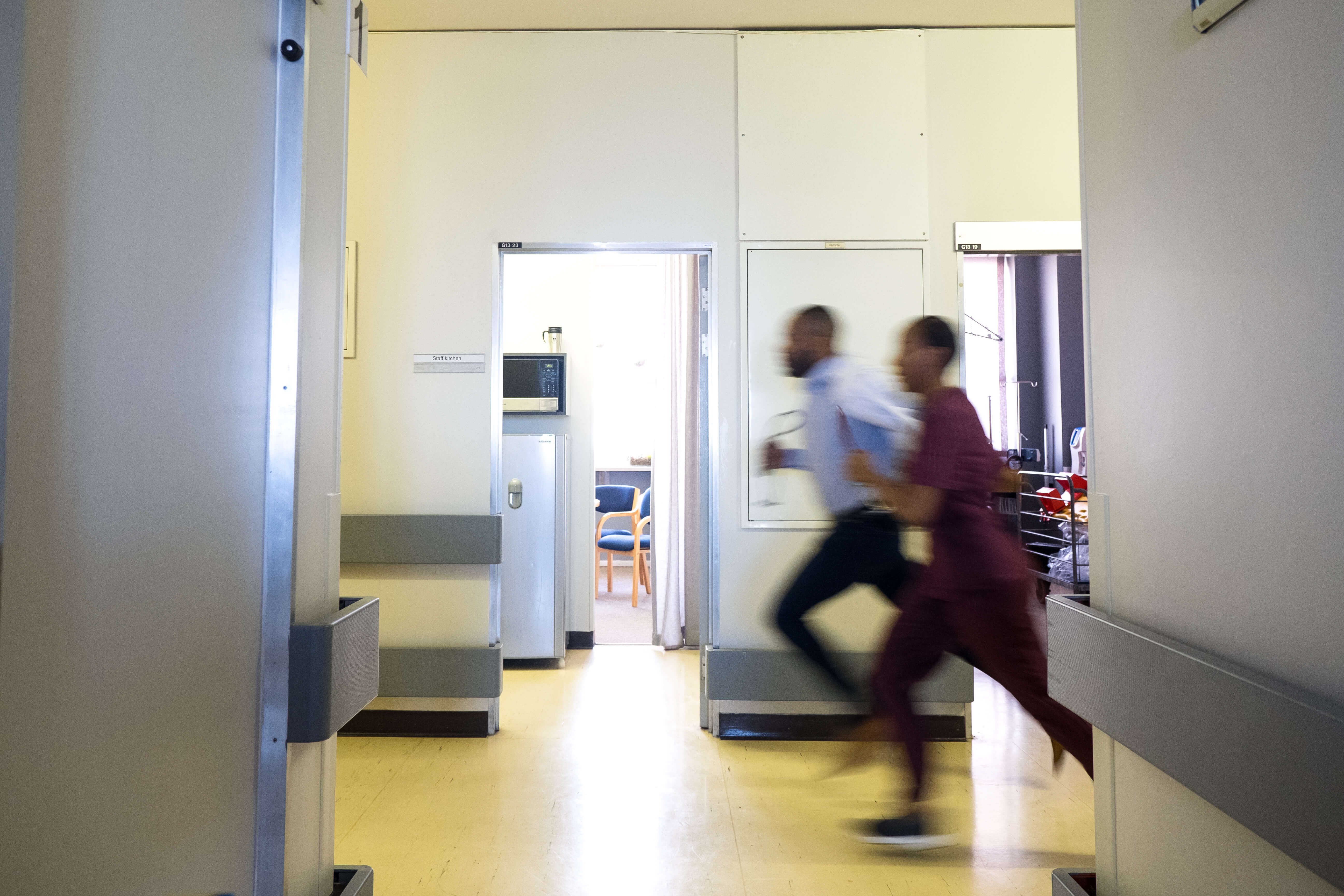Earthquakes are no joke–and anyone who has been around to feel one, no matter how large or how small, will never forget how alarming it feels. Even people who usually play it cool find themselves panicked by the earth shifting below their feet. And on Friday, July 5, 2019, an earthquake severe enough to trigger power outages, gas leaks, and fires left a scar on Ridgecrest, California. According to the USGS Earthquake Hazards Program, the 7.1 magnitude quake, which was felt from San Diego to Sacramento, ripped open a fissure in the earth’s surface.
The chance of an earthquake of magnitude 7 or higher is 5 %, such an earthquake is possible but with a low probability. Keep up to date at https://t.co/l2C4YpWPdn
— USGS (@USGS) July 6, 2019
The quake caused immediate damage. Convenient stores were covered with broken bottles and exploded cans, while other hanging items had toppled to the floor, CNN reports. It was the second earthquake to hit Ridgecrest in less than 48 hours. (The first quake – with a magnitude of 6.4 – hit on Independence Day. “By the grace of God, we’ve had no casualties, and we’ve only had minor injuries,” Ridgecrest police chief, Jed McLaughlin, told the Los Angeles Times. That outcome, he said, “is amazing, considering these two big earthquakes that we’ve experienced.”
This video shows earthquake events a few hours before the M6.4 on July 4th, 2019 to present (as of above noon on July 8th, 2019). #earthquake #usgs #californiaearthquake pic.twitter.com/c5JEDynLQ4
— USGS (@USGS) July 8, 2019
Despite the quake’s severity, several California residents said they ran outside in search of a safe place to hide.
While it may seem like a good idea to run and hide during an earthquake, experts have long warned the public against it.
According to the USGS, the safest place to be when an earthquake hits is inside where you’ll be protected from drooping power lines, debris, and falling trees. With that being said, there are still a few places you shouldn’t stand, like a door jamb.
It was once believed that standing in a door jamb was a safe place to take cover…
…But according to experts at the University of Washington, the doorway could actually cause more harm than good.
Not only could the door itself swing back and forth (obviously causing injury), but exterior features could fall along the exterior wall.
You should also steer clear of fireplaces, windows, and heavy furniture or appliances.
The best thing to do – if you’re inside, that is – is to hide underneath a table or desk.
If you can’t find a desk, go out into the hallway and stand against an inside wall.
The kitchen is also a particularly dangerous place to camp out.
Think about it: The kitchen is full of items that could plummet to the ground.
Definitely don’t run downstairs or try to get outside.
Going outside during an earthquake opens up a lot of opportunities for injury.
Not only could you trip and hurt yourself, but you could be hit by falling glass or debris.
“The first thing to fail in a building is the outside, so you have balconies falling off and facades falling off,” said seismologist Lucy Jones (who’s also been referred to as the “Beyoncé of earthquakes”). “You’re putting yourself into a more dangerous situation by moving to the outside of a building.”
According to Jones, running hasn’t saved anyone from an earthquake. So, just stay inside.
“We have numerous cases of people dying trying to run out of the building,” Jones said.
So, what should you do if you’re caught outside during an earthquake?
If you’re already outside during the quake, do not try to get back inside.
Instead, find an open area that’s away from power lines, chimneys, buildings, and anything else that could potentially crush you.
If you’re at the beach, get to high ground.
Once the shaking stops, head to high ground to beat any potential tidal shifts, or in worst case scenarios a tsunami.
If you’re driving, stop.
If you’re cruising around, carefully stop the car and park in a place that’s far away from trees, power lines, light posts, signs, bridges, or overpasses.
Stay inside the car until the shaking stops. Once you think it’s safe enough to drive again, be sure to watch for breaks in the pavement or fallen rocks.
Above all else: DROP, COVER, and HOLD ON.
Remember when you were in school and the fire marshal asked everyone to stop, drop, and roll in case of a fire?
Well, in the event of an earthquake you should drop to the ground, cover yourself (whether it’s under a desk, table, or another piece of furniture), and hold on until the shaking stops. If you can’t find anything solid to hide under, cover your face and your head with your arms in a crouching position in the inside corner of a building.
